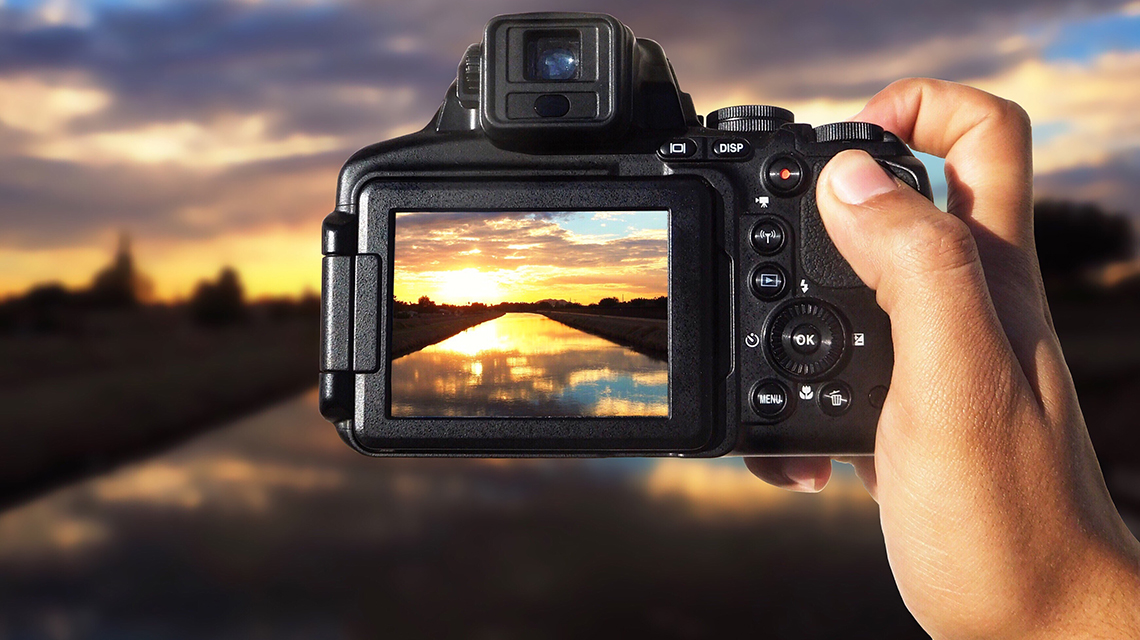Pulse of Information
Your source for the latest insights and updates.
Lens Lingo: What Your Camera Really Wants to Tell You
Unlock the secrets of your camera with Lens Lingo! Discover what your device really wants to tell you and elevate your photography skills.
Understanding Aperture: What Your Camera Is Trying to Tell You
Aperture is one of the three critical components of the exposure triangle in photography, along with shutter speed and ISO. It refers to the opening in a camera lens that controls the amount of light entering the camera. When you adjust the aperture, you are essentially changing the size of this opening, which can greatly affect both the exposure and the depth of field in your images. A wider aperture (represented by a smaller f-number, such as f/1.8) allows more light to hit the sensor, resulting in brighter images, while a narrower aperture (a larger f-number, like f/16) reduces the light and increases the depth of field, allowing more of the scene to be in focus.
Understanding how your camera communicates aperture settings can significantly enhance your photography skills. For instance, when shooting in manual mode, you can see the f-stop number on the camera's display. If your camera has a shutter priority mode, it will automatically adjust the aperture based on your chosen shutter speed to achieve a correct exposure. Familiarizing yourself with how to manipulate aperture not only helps you control light but also gives you creative freedom to blur backgrounds or bring entire scenes into crisp focus. Always remember, mastering aperture is key to unlocking the full potential of your photography.

Shutter Speed Secrets: Decoding Your Camera's Messages
Shutter speed is one of the fundamental settings that can make or break your photography. It refers to the length of time your camera's shutter remains open, allowing light to hit the sensor. Understanding shutter speed secrets can transform how you capture motion—be it freezing a moment in time or creating a beautiful motion blur. To decode your camera's messages about shutter speed, it's essential to understand how it interacts with other exposure settings like aperture and ISO. Here are a few key values to remember:
- 1/1000 sec: Captures fast action.
- 1/60 sec: Ideal for general shooting in good light.
- 1/4 sec: Perfect for creating motion blur.
Besides affecting exposure, shutter speed is crucial for image sharpness and clarity. A higher shutter speed reduces the chance of motion blur from camera shake, while a slower shutter speed allows for creative techniques like light painting. Pay attention to your camera's shutter speed settings and understand the LED indicators or display messages that guide you in selecting the right speed. Experimenting with different speeds can reveal the beauty of motion and light in your photographs, helping you master the art of capturing your vision. Remember, the key to unlocking the secrets of shutter speed lies in practice and patience!
Focal Length Fundamentals: How Your Lens Communicates with You
Understanding focal length is essential for photographers looking to enhance their craft. It is not merely a number but a critical factor that influences how your lens communicates with you. Focal length, typically measured in millimeters (mm), determines the lens's perspective and magnification power. For instance, a wide-angle lens (e.g., 18mm) captures a broader view, making it ideal for landscapes, while a telephoto lens (e.g., 200mm) allows for impressive close-ups of distant subjects. Knowing how each focal length affects your compositions will enable you to make wiser lens choices, shaping the story you wish to tell through your images.
When you adjust the focal length of your lens, you're effectively altering the relationship between the camera and your subject. This adjustment can enhance depth and create various spatial effects. Shorter focal lengths tend to exaggerate perspective, making objects in the foreground appear larger, while longer focal lengths compress space, bringing distant subjects seemingly closer together. Grasping these concepts not only helps you select the right lens for your shooting situation but also empowers you to convey your artistic vision effectively.